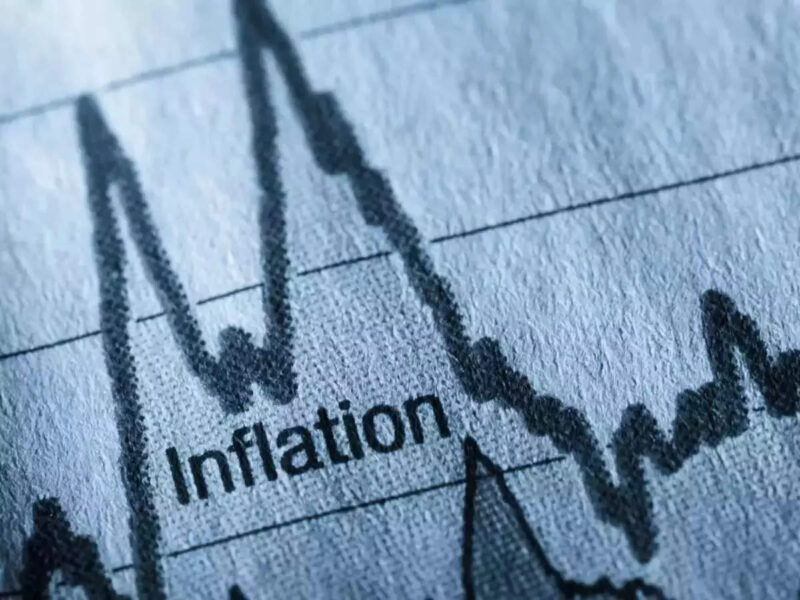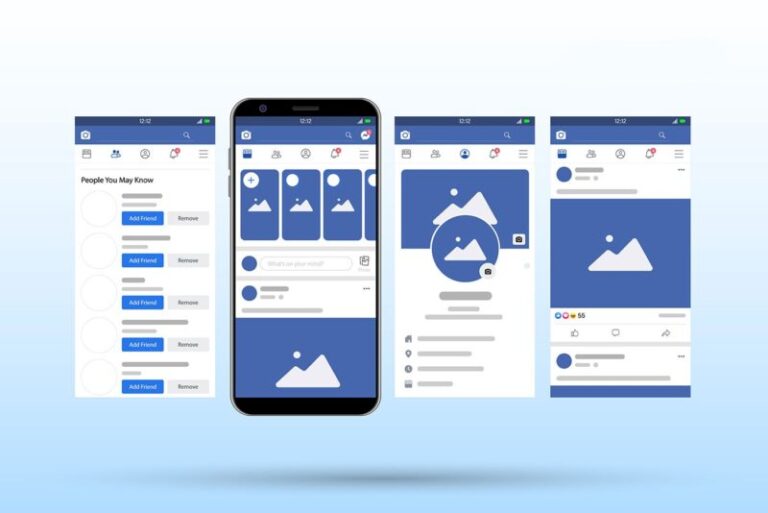
rajkotupdates.news : us inflation jumped 7.5 in in 40 years-Year Analysis
Introduction
us inflation jumped 7 5 in in 40 years rajkotupdates news : the sustained increase in the general price level of goods and services over time, is a critical economic indicator that affects individuals, businesses, and governments alike. The United States has witnessed significant changes in its economy over the past four decades, and with it, inflation rates have fluctuated. In this article, we will delve into the topic of US inflation, analyzing its evolution over the last 40 years and exploring its consequences on various aspects of the economy and daily life.
Also read : https://sarangbos.com/vofey-shop-the-ultimate-online-fashion-hub-for-women/
1. Understanding Inflation: A Primer
Before delving into the specifics of US inflation, it is essential to understand the fundamental concept of inflation. This section will provide readers with a comprehensive overview of inflation, its types, causes, and effects.
2. The Historical Trend of US Inflation
In this section, we will embark on a journey through time, tracing the historical trajectory of US inflation. By examining key events, economic policies, and market fluctuations, us inflation jumped 7 5 in in 40 years rajkotupdates news :we aim to gain insights into the patterns and trends of inflation over the past 40 years.
1 The 1980s: Tackling Double-Digit Inflation
The 1980s was a decade marked by high inflation rates, and the US faced a challenging economic environment. This subsection will explore the factors contributing to the surge in inflation and the measures taken to combat it.
2 The 1990s and Early 2000s: A Period of Stability
As we move into the 1990s and early 2000s, inflation in the US experienced relative stability. This part will examine the economic policies and global events that contributed to the subdued inflationary environment.
3 The Great Recession and Its Aftermath
The global financial crisis of 2008, known as the Great Recession, had a profound impact on the US economy. This subsection will analyze the effects of the recession on inflation and the subsequent recovery efforts.
4 Inflation in the 2010s: A Decade of Moderate Growth
Throughout the 2010s, the US economy showed signs of recovery and moderate growth. This section will explore the factors influencing inflation during this period and the challenges faced by policymakers.
5 Recent Trends: Inflation in the 2020s
The beginning of the 2020s presented unique challenges to the global economy, impacting inflation in unforeseen ways. This part will analyze recent trends and their implications for the future.
3. The Impact of Inflation on Consumers and Businesses
Inflation has wide-ranging effects on both consumers and businesses.us inflation jumped 7 5 in in 40 years rajkotupdates news : In this section, we will delve into the ways in which inflation influences purchasing power, spending behavior, and overall economic activity.
1 Cost of Living and Purchasing Power
Increasing inflation can erode the purchasing power of consumers. We will explore how rising prices impact the cost of living and individual buying power.
2 Effects on Savings and Investments
Inflation can significantly impact savings and investment returns. This part will examine the strategies individuals and businesses can employ to safeguard their financial assets.
3 Business Operations and Strategies
For businesses, inflation poses several challenges, from input costs to pricing strategies. We will analyze how businesses navigate these challenges and adapt their operations accordingly.
4. Government Response and Monetary Policies
In this section, we will delve into the role of the US government and central bank in addressing inflation. We will explore the tools and policies employed to manage inflationary pressures effectively.
1 Fiscal Policies and Government Intervention
Government intervention through fiscal policies plays a crucial role in controlling inflation. This subsection will analyze various fiscal measures taken to stabilize prices and boost economic growth.
2 The Role of the Federal Reserve
The Federal Reserve, as the nation’s central bank, plays a pivotal role in managing inflation. We will examine the monetary policies and tools used by the Federal Reserve to influence inflation rates.
5. Inflation’s Impact on Different Economic Sectors
us inflation jumped 7 5 in in 40 years rajkotupdates news : Inflation affects different economic sectors in distinct ways. This section will explore how inflation impacts industries, employment, and overall economic performance.
1 Housing and Real Estate
Housing is one of the significant areas affected by inflation. This part will analyze how inflation influences housing prices and affordability.
2 Energy and Transportation
The energy and transportation sectors are highly sensitive to inflation. We will examine how rising inflation impacts fuel prices and transportation costs.
3 Healthcare and Education
Inflation also affects essential services like healthcare and education. This subsection will discuss the implications of inflation on the costs of medical services and education.
Conclusion
rajkotupdates news : US inflation has exhibited diverse trends over the last 40 years, from high volatility to relative stability. Its impact on consumers, businesses, and economic sectors is far-reaching. Government policies and central bank interventions play a crucial role in managing inflation and maintaining economic stability.
FAQs (Frequently Asked Questions)
1. What is inflation?
Inflation refers to the increase in the general price level of goods and services over time, resulting in reduced purchasing power.
2. How does inflation affect me as a consumer?
Inflation erodes the value of money, reducing your purchasing power, and leading to higher living costs.
3. Can inflation be beneficial for the economy?
Mild inflation can encourage spending and economic growth, but high inflation can lead to economic instability.
4. How does the government control inflation?
Governments use fiscal and monetary policies to control inflation, such as adjusting interest rates and implementing taxation measures.
5. What are the long-term consequences of hyperinflation?
Hyperinflation can lead to a loss of confidence in the currency, economic turmoil, and a decline in the standard of living.

